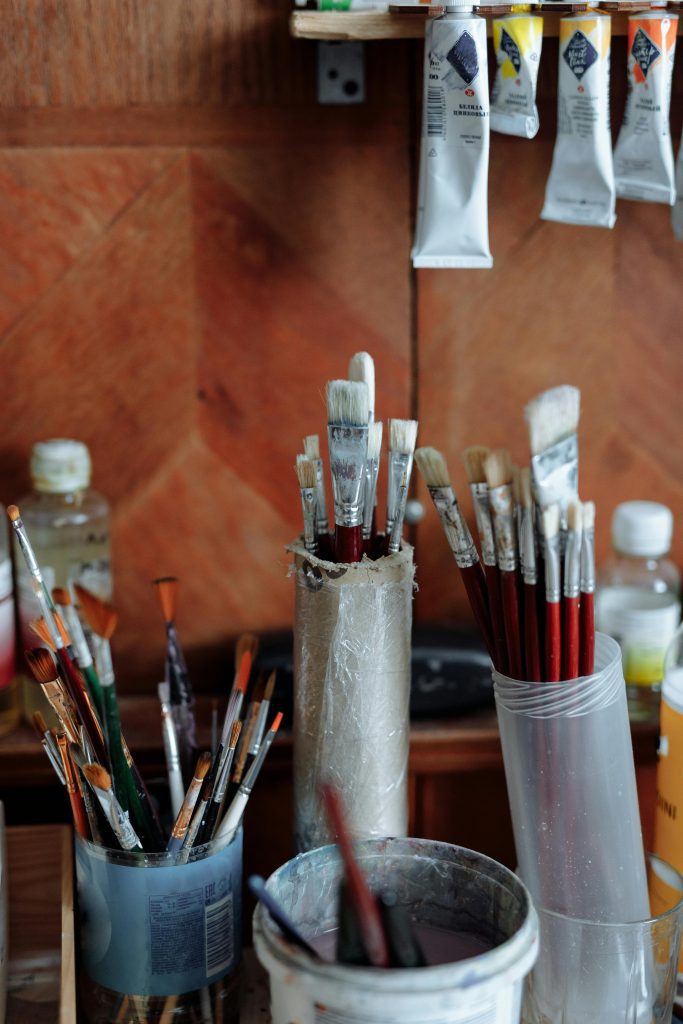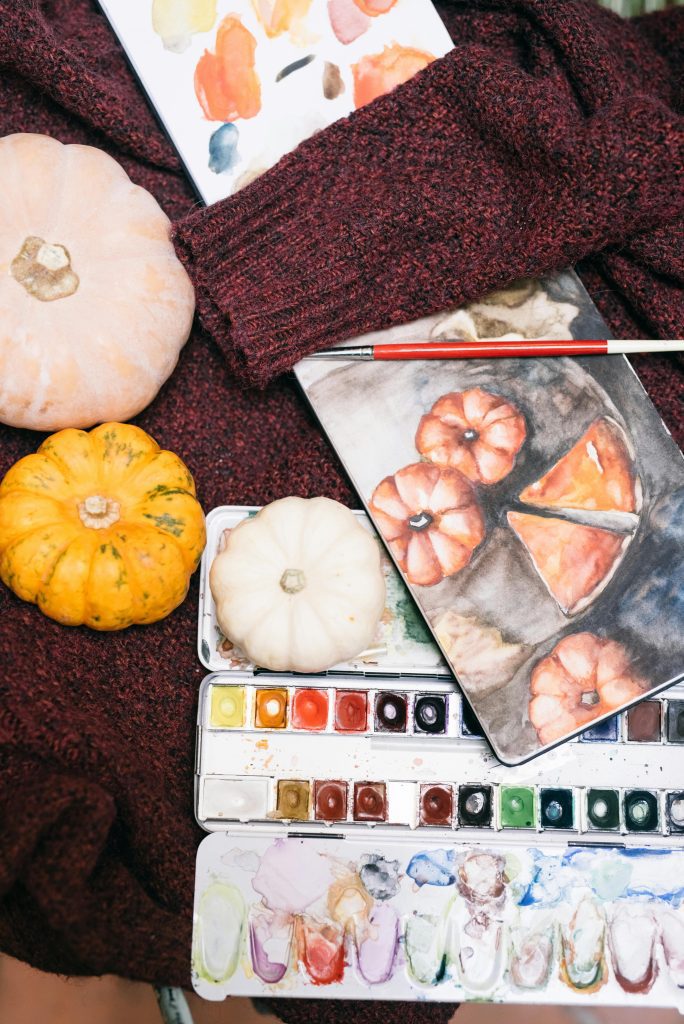Why Showing Works in Progress Boosts Your Art Growth

Why It’s Time to Show the Messy Middle
We all love the final piece, the polished canvas, the perfectly lit photograph, the sculpture that stands proud and complete. But what about the versions before that? The smudged pages, the failed attempts, the half-formed ideas that eventually led you there? Most artists hide those moments. But here’s the thing: they’re gold.
Audiences are no longer content with just the result. They want to know the story behind it, the hands that shaped it, and the journey it took to arrive. Including works in progress in your portfolio or website isn’t about lowering standards, it’s about being honest, layered, and deeply human. Think of it like a behind-the-scenes pass to your studio.
Sharing your process isn’t about exposing flaws. It’s about creating connection. When someone sees how a piece evolved, they begin to appreciate the intention behind every stroke. And here’s a secret: it often makes the finished work more powerful. You’re not just showing art. You’re showing growth, resilience, and vision.
This doesn’t mean uploading every sketch or failed draft. It’s about curating the evolution of an idea. Selecting a few key moments, photos, scans, or even short captions, that give insight into how something developed. Let your audience walk with you, not just applaud at the finish line.
And for galleries, curators, or collectors? This can be a powerful differentiator. It positions you as thoughtful and intentional. Someone who doesn’t just produce art but develops it. And in today’s saturated art world, that depth is everything.
So, yes, show the smudges, the second tries, the reworked corners. Because those are the marks of a working artist. And they deserve a spot alongside the masterpieces.
The Psychology of Process: Why People Love Seeing Progress
Ever watched a time-lapse of a painting coming together? There’s something so satisfying about witnessing the transformation. It taps into something deeper than entertainment, it taps into our fascination with growth. Showing your works in progress activates that same curiosity in your audience.
There’s actual psychology behind this. People love stories, and your process is a narrative unfolding. When you share how a piece came to life, maybe with a stuck phase or a sudden breakthrough, you invite viewers into your creative mind. They feel involved, like they’ve been on the ride with you.
This connection builds loyalty. When someone understands the ‘why’ behind your art, they’re more likely to invest, not just financially but emotionally. A finished piece becomes more than just a product; it becomes part of a journey they feel connected to.
Also, showing growth challenges the myth of the “genius artist.” You know, the one who just magically creates perfect art. Instead, you’re being real. You’re showing effort, learning curves, and improvement. And that’s inspiring. It tells people that creativity is a craft, not a superpower.
And here’s a little bonus: seeing your own past works in progress reminds you how far you’ve come. It builds confidence. It marks progress that can sometimes feel invisible in the daily grind. There’s pride in looking back and seeing, “Oh wow, that’s where I started, and look where I am now.”
In short, it’s not just about showing others. It’s a tool to stay connected to your own creative path. A way to stay grounded, aware, and motivated as you keep evolving.
The Portfolio Glow-Up: Before-and-After Series
If you’re wondering how to include your works in progress without making your portfolio look cluttered or chaotic, here’s a simple and powerful approach: the “before-and-after” format. It’s clean, clear, and incredibly engaging.
Pick a few standout pieces and show their transformation. Start with a sketch, a note, a half-finished stage, and place it side by side with the final outcome. This works beautifully in portfolios, pitch decks, Instagram carousels, and even in exhibition proposals. It’s visual storytelling at its best.
You could even take it a step further. Add a short caption or voice note explaining what changed. Maybe you shifted the color palette halfway through. Maybe the original composition didn’t sit right until you turned the canvas. These small insights make a big difference to someone viewing your work.
The before-and-after structure also makes your progress tangible. It’s a subtle way of saying, “I think through my work. I make changes. I evolve.” For curators, this is exciting. It means you’re not stuck, you’re growing. And that makes you a dynamic artist worth following.
One trick here is consistency. Use the same background, lighting, or framing for your before and after shots when possible. It makes the comparison clearer and keeps things looking intentional, not messy.
And yes, this approach works for all disciplines. Writers can share rough drafts and final excerpts. Textile artists can show fabric tests next to the final piece. Sculptors can show clay maquettes beside the finished bronze. Every medium has a before. Make it part of your story.
So next time you update your website or share a new project, ask yourself: what did this look like before? And how can I invite others into that glow-up?

4. The Magic of Midway: What a Half-Finished Piece Really Shows
There’s something captivating about a painting that’s only halfway done. You can still see the pencil marks, maybe a wash of color in one corner, and even some of the artist’s notes scribbled in the margins. These midway pieces are pure gold when it comes to showcasing growth. Why? Because they let people in on your decisions, your edits, your pivots. It’s like a behind-the-scenes pass to your creative process. It shows the work in its rawest form, unfiltered and alive.
Many collectors, curators, and fellow artists find these stages fascinating. They tell a fuller story than just a shiny finished canvas. Maybe you decided to change the color palette halfway through or adjusted your composition. By showing this stage, you’re letting viewers into your thinking and evolution. It gives your portfolio an added depth, proof that you’re not just focused on polished results, but on exploration too.
Sharing halfway points can also spark meaningful conversations. Maybe someone relates to your struggle with proportion or is inspired by how you adjusted mid-course. You never know who’s going to see themselves in your process. And for emerging artists especially, it sends a clear message: “I’m growing, I’m experimenting, and I’m not afraid to show it.” That vulnerability can be a superpower.
If you’re worried about showing unfinished work, try reframing it. Think of it as educational. Imagine someone just starting out stumbling on your post and feeling encouraged because they realize even seasoned artists have awkward middle stages. Suddenly, your work-in-progress becomes a teaching moment, and maybe even a lifeline.
Plus, these midway points act like bookmarks in your creative timeline. When you look back a year later, they’ll remind you of what you were trying, learning, or even wrestling with. They’re beautiful in a different way, like time capsules full of growth.
So, go ahead and share that half-painted canvas or sketch with notes in the margins. It’s not less than your final work, it’s part of what makes it whole.
5. Growth Is a Narrative: Turning Your Progress into a Visual Story
Think about your favorite novels or movies. Would they be as satisfying if we skipped the messy middle and jumped straight to the ending? Probably not. The same idea applies to your artistic journey. When you include your works in progress, you’re building a narrative, your own visual story of becoming.
Instead of treating your earlier or unfinished work as something to hide, you can organize your portfolio like chapters. Start with sketches and studies, move to more refined explorations, and then lead up to the finished pieces. It creates a natural flow and allows viewers to walk with you through the journey. It shows them not just what you create, but how and why you create it.
Collectors and curators often look for that story. They want to connect with the artist behind the art. Seeing your growth laid out in front of them makes your work more relatable, more human. They can see your vision forming over time, your style sharpening, your confidence building. It’s intimate, even a little vulnerable, and that’s what draws people in.
If you’re presenting your work online, this kind of narrative structure also helps with engagement. People love a good transformation. Showing the “before and after” of your art builds curiosity and keeps viewers scrolling. It turns your profile into a mini-documentary rather than a static portfolio.
And the best part? You’re not just building a story for others. You’re building it for yourself. Over time, this visual archive becomes a motivational tool. On days when imposter syndrome creeps in, flipping through your own growth can be the reminder you need: Look how far I’ve come.
So start thinking like a storyteller. Every work-in-progress is a scene, a sentence, a step in your creative arc. Don’t leave them out of the story.
6. Confidence Through Contrast: Why ‘Before and After’ Works Wonders
There’s something deeply satisfying about seeing a side-by-side comparison: the tentative first version next to the bold final piece. These contrasts do more than show skill, they show courage. Because revealing your “before” means you’re not afraid to be seen evolving. And that’s powerful.
For many artists, posting or including older or raw versions of their work feels like a risk. What if someone judges it? What if it doesn’t measure up to their current skill? But what if, instead, it proves how much you’ve grown? What if it helps someone else believe they can grow too? That contrast becomes a visual testimony to your effort and dedication.
A “before and after” can be as simple as a sketch next to the final painting. Or it can be a piece you revisited after a year, adding to it or reworking it with a new perspective. These comparisons are compelling, they invite people to look closely, to analyze, and to appreciate the journey.
On platforms like Instagram, these posts often get the most engagement. People linger longer. They swipe, compare, and comment. It draws them in, not just as viewers, but as participants in your process. And when you present it with a personal caption, something like “This is where I started vs. where I am now”, you humanize the entire experience.
It’s also a brilliant way to mark milestones. You could even make it a tradition, revisiting an old piece every year and creating a new version. It becomes a ritual of self-reflection and celebration.
In the end, “before and after” isn’t just about visuals. It’s about confidence. It tells the world (and yourself): I’ve grown, and I’m proud of it.
7. The Critique Loop: Sharing Process Work for Feedback, Not Just Praise
Here’s something refreshing: not every post or portfolio piece needs to be “finished” to be valuable. Sometimes the rougher drafts are the ones that spark the best conversations. Sharing works in progress isn’t just about documenting your growth, it’s also an invitation for feedback, connection, and community.
When you show a sketch or early concept and ask, “What do you see here?” or “Would you go bolder with the color?” you open a dialogue. That’s powerful. It transforms your audience from passive spectators into active collaborators. And when you’re building your voice as an artist, those conversations can be instrumental.
Constructive critique doesn’t mean you’re less skilled. It means you’re still evolving, and you’re open to learning. That’s something many curators and arts professionals respect deeply. They want to work with artists who are reflective, receptive, and curious, not just those who present a polished front
Creating a critique loop can be as simple as joining a small peer group, posting process reels with a question in the caption, or tagging fellow artists for input. It also builds trust with your audience. They feel part of your creative world, and in return, they’re more likely to support your work when it’s complete.
This kind of exchange also makes the art world feel a little less lonely. It reminds you that you’re part of a bigger creative dialogue. You’re not just making in a vacuum, you’re part of a conversation.
And let’s not forget: critique can be fuel. It pushes you to think harder, refine ideas, and sometimes even shift direction. All of which makes the final piece stronger.
So the next time you’re halfway through something and unsure about it, consider sharing it. Not to prove anything, but to see what opens up when you let others in.

The Beauty of Becoming
Every masterpiece starts somewhere. Sometimes with a messy sketch, a half-formed idea, or a color palette that just doesn’t work. But those early versions matter, they hold the fingerprints of your process, your persistence, your becoming. When you share works in progress, you let people witness your evolution, not just your perfection. That’s brave, and it’s also incredibly powerful.
As artists, we often wait to share until everything feels polished. But what if you flipped that script? What if the becoming was just as worthy of the spotlight as the finished piece? Including your sketches, drafts, and mid-process moments in your portfolio can invite others into your story in a deeper, more honest way. It shows that you’re not just about results, you’re about growth, curiosity, and the courage to try.
This mindset shift isn’t just good for your audience, it’s good for you. It reminds you that progress counts, that stumbling forward is still forward, and that sharing the imperfect can be part of your artistic power. Whether you’re applying for residencies, pitching galleries, or just connecting with fellow creatives, letting people see your creative layers can set you apart.
So go ahead, include that sketch. Document that test print. Tell the story of that canvas that changed direction halfway through. You’re not just building a portfolio. You’re building trust, depth, and something real. And that, in today’s fast-scrolling world, might just be your masterpiece in the making.
